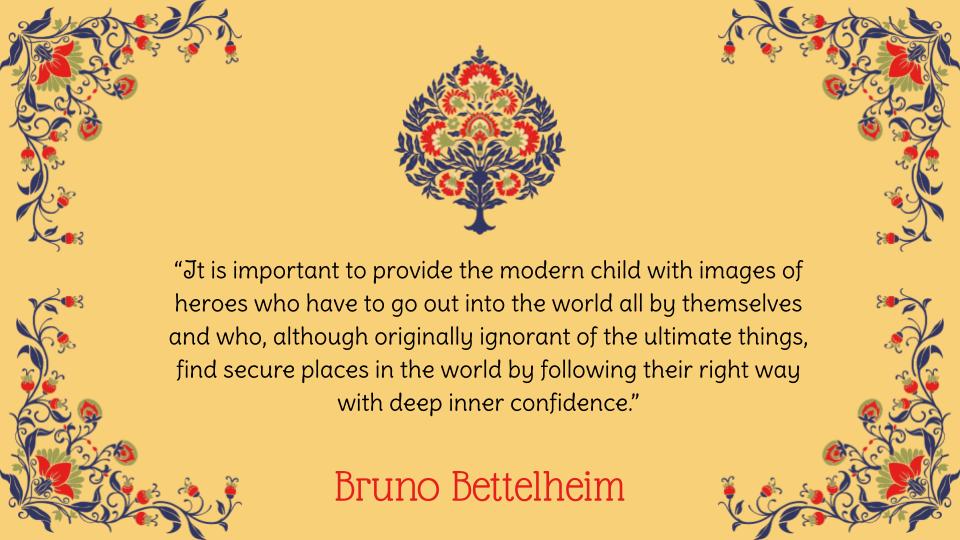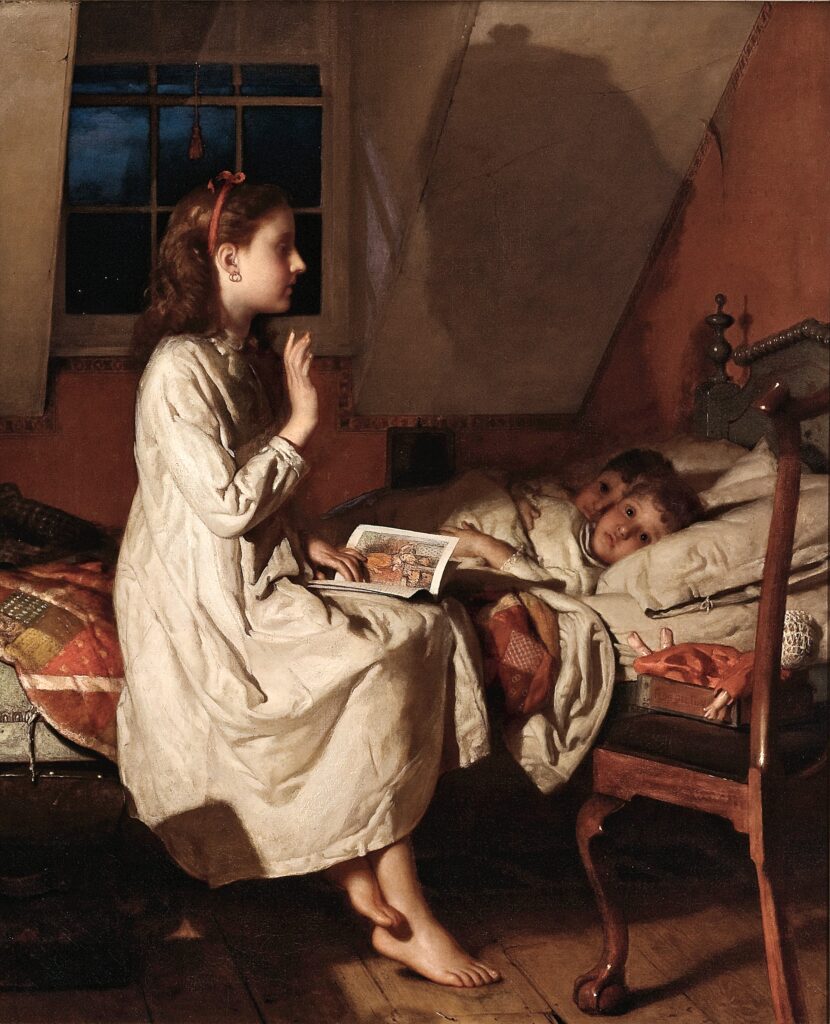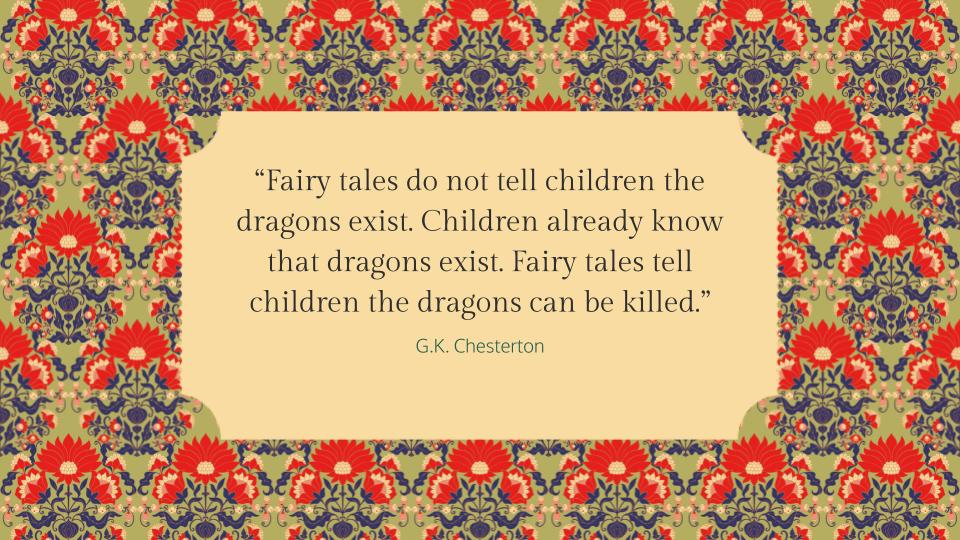
“THERE was once a little princess who—”But, Mr. Author, why do you always write about princesses?” “Because every little girl is a princess.” “You will make them vain if you tell them that.” “Not if they understand what I mean.” “Then what do you mean?” “What do you mean by a princess?” “The daughter of a king.” “Very well, then every little girl is a princess, and there would be no need to say anything about it, except that she is always in danger of forgetting her rank, and behaving as if she had grown out of the mud. I have seen little princesses behave like the children of thieves and lying beggars, and that is why they need to be told they are princesses.”― George MacDonald, The Princess and the Goblin
Across various cultures, countries, and generations, we are still interested in the story. We are still engaged with the dramatic, the tragic, and the unbelievable. Why so? Because we learn, live, and create through stories.
Fairy tales offer short, magical, familiar stories to audiences as they connect with the past and think about the future. They share with use virtues, evil, and goodness ending, often, with an expression of hope. These stories have endured because of their ability to bring audiences to fantastical moral dilemmas.
The value of the myth is that it takes all the things we know and restores to them the rich significance which has been hidden by ‘the veil of familiarity.’ The child enjoys his cold meat, otherwise dull to him, by pretending it is buffalo, just killed with his own bow and arrow. And the child is wise. The real meat comes back to him more savory for having been dipped in a story…by putting bread, gold, horse, apple, or the very roads into a myth, we do not retreat from reality: we rediscover it.― C.S. Lewis, On Stories: And Other Essays on Literature


More: